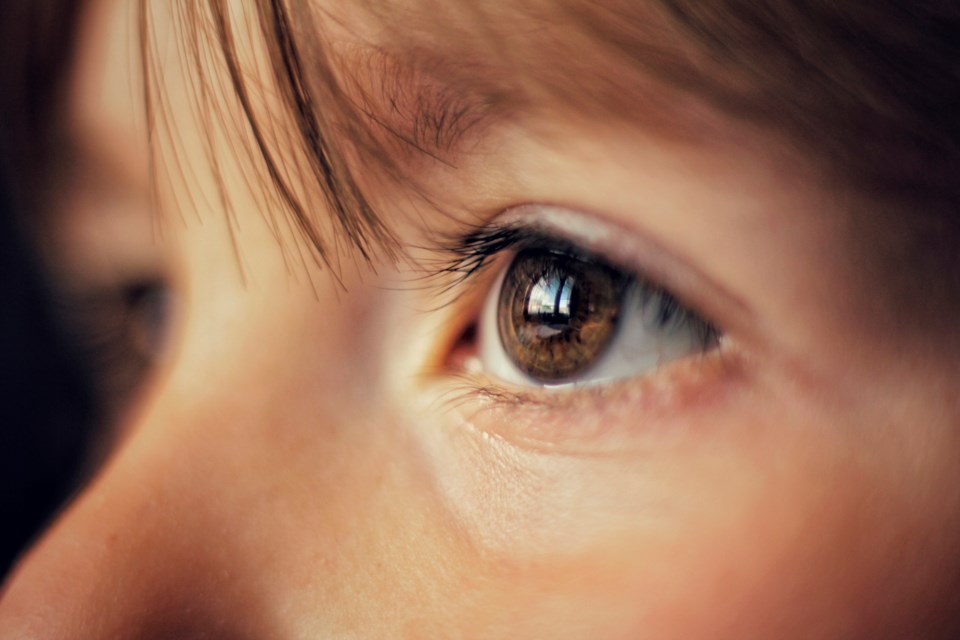There is often a dramatic scene in crime shows where an eyewitness points to a suspect in a police lineup. This identification looks convincing on television, and it is also convincing in real-world investigations. But here’s the problem: eyewitnesses can often be wrong. Their mistakes are a leading cause of wrongful convictions.
This risk is even greater when the eyewitness is a child. Although children can correctly identify the perpetrator when they are present in the police lineup, they are more likely than adults to identify an innocent person when the perpetrator is not included in the police lineup.
For instance, in 1990, a three-year-old girl was abducted from her Mississippi home. Her body was found two days later in a nearby pond, showing signs of sexual assault and drowning. The only eyewitness to the child’s abduction was her six-year-old sister.
The sister picked a man named Levon Brooks from the police lineup — and this identification sealed his fate. Brooks was sentenced to life in prison. After 16 years behind bars, DNA evidence led to his exoneration.
So, how do these mistakes happen? One major issue is that we have no way of knowing whether an eyewitness picked the right person. There is no built-in system to tell us whether the identification that is made is correct or not.
As forensic psychology researchers, we have spent several years studying how to improve the reliability of eyewitness evidence, especially when children are involved.
We have developed and tested a promising new police lineup technique that reflects how likely it is that the person identified by a child eyewitness is guilty.
Why eyewitnesses make mistakes
Crime shows are the most watched TV genre in the world. They often portray police investigations as fast, clean and fool-proof. This has led to what experts call the “CSI effect,” a phenomenon where people expect real investigations to include clear-cut evidence, like perfect DNA matches or eyewitness accounts.
But real-life investigations are rarely this tidy.
In courtrooms and police investigations, eyewitness testimony is often treated as one of the most powerful pieces of evidence.
Jurors and judges tend to believe someone who states with confidence: “That’s the person I saw.” Identifying someone seen for only a brief moment, often during a stressful or emotional moment, is incredibly challenging. And despite their best intentions, eyewitnesses can mistakenly identify an innocent suspect from a police lineup.
Child eyewitnesses
These mistaken identifications are especially likely when the eyewitness is a child, particularly those under the age of eight. Even more concerning is that an eyewitness’s confidence in reporting is often mistaken as a sign of their accuracy. However, children are documented to be overconfident in their identification decisions.
This means their mistaken identifications can appear particularly convincing in court, where there is no way to actually verify whether the person identified in the lineup is actually the perpetrator.
As a potential solution, we developed the multiple independent lineup (MIL) technique to gauge the reliability of a child eyewitness’s identification by providing insight into the likelihood of guilt.
Assessing child eyewitness identifications
The MIL technique involves showing the child eyewitness multiple, separate lineups, each focused on a different feature of the suspect. For example, one set of lineups might feature different faces, another of different bodies, a third would play different voices, and so on.
Instead of relying on a single identification, the child eyewitness makes several independent identification decisions across these lineups.
By having child eyewitnesses make multiple independent identification decisions, we can use the number of lineups in which they identify the suspect as a reflection of how likely it is that the suspect is guilty. The idea behind this technique is that the more lineups that a suspect is selected in, the more likely it is that the person that the child has selected is guilty.
In our study, we asked children aged six to 11 to make identification decisions for a person they had met the previous day. The children were shown six independent lineups, which included a face, body, shirt, voice and two object lineups. Regardless of age, if a child identified the suspect only in the face lineup, this strongly suggested the suspect was innocent.
When children identified the suspect in the face lineup and any two other lineups, there was a 96 per cent chance that the suspect was guilty. And if the suspect was identified in the face lineup and three or more lineups, the chance of guilt rose to 100 per cent.
We conducted this research in several different situations with more than 900 children, including repeated exposure to an innocent suspect. Overwhelmingly, all the results suggest we can use the number of lineups in which a suspect is identified to reflect the likelihood that they are guilty.
Reducing wrongful convictions
These results are encouraging. But more research is needed to test the parameters of the MIL technique and whether it should be used with real eyewitnesses. In the future, we plan to continue exploring ways to better reflect the likely accuracy of child eyewitness identifications.
Child eyewitnesses can be accurate eyewitnesses, but they are also more likely than adults to identify innocent suspects from police lineups. That’s why it is essential to develop a technique that can help investigators distinguish between accurate and mistaken identifications. Doing so might help reduce the number of wrongful convictions.
It is also important to educate the public about the limits of eyewitness memory, especially with children, to reduce the influence of the CSI effect, and encourage more informed expectations in the courtrooms.
Shaelyn Carr receives funding from the Social Sciences and Humanities Research Council of Canada (SSHRC) and the University of Regina.
Kaila C. Bruer receives research funding from Luther College, the University of Regina, Social Sciences and Humanities Research Council of Canada (SSHRC), and the Natural Sciences and Engineering Research Council of Canada (NSERC).



